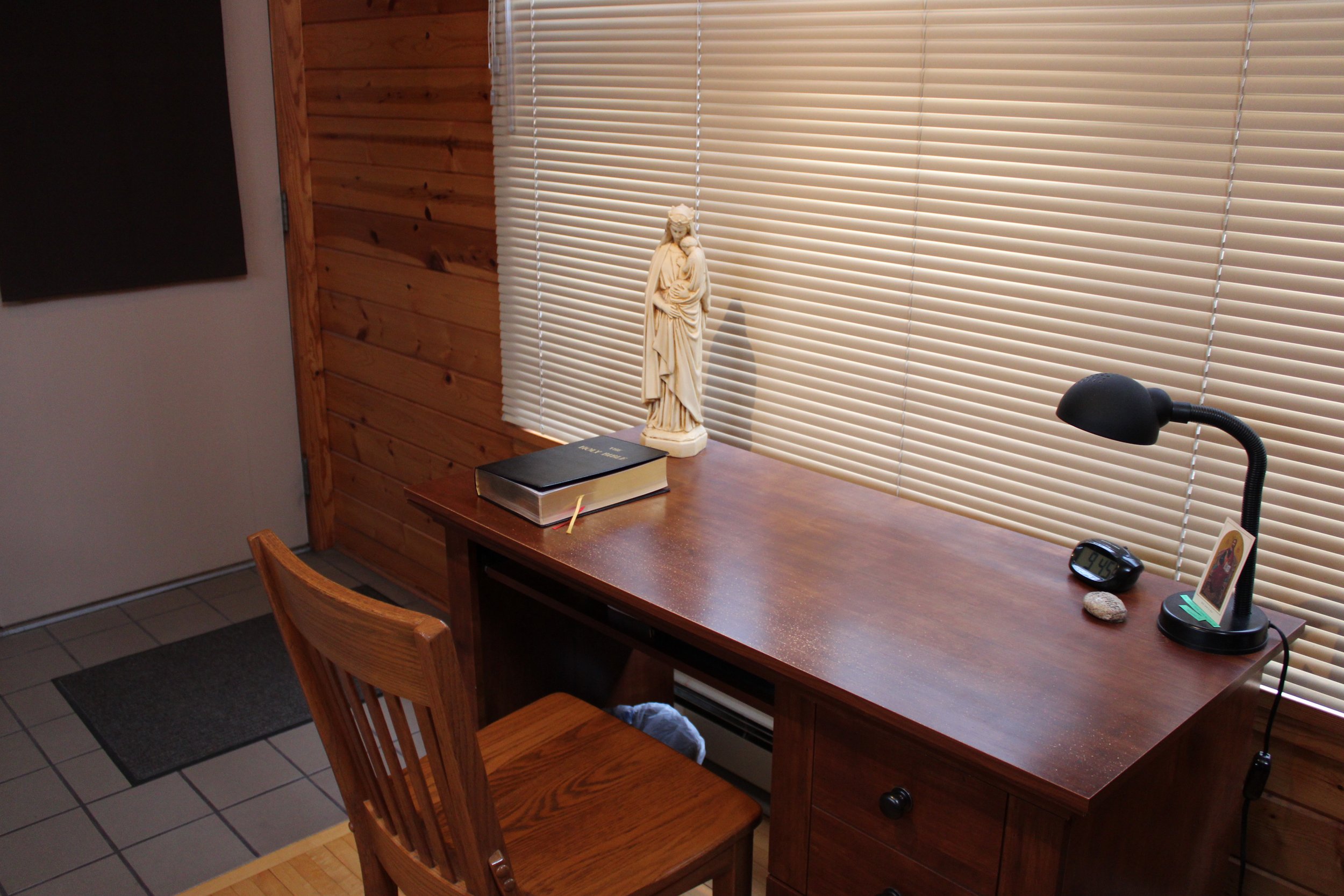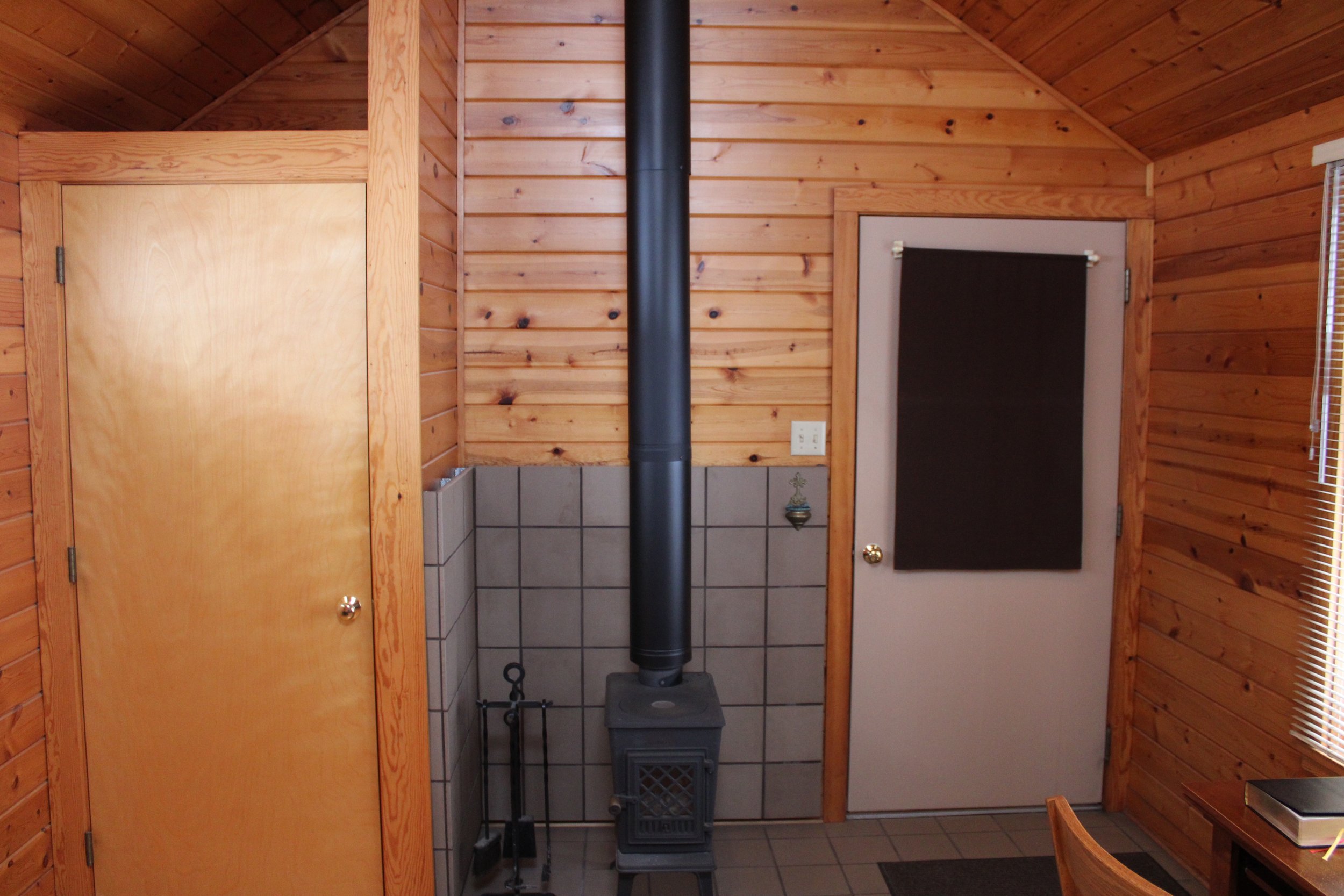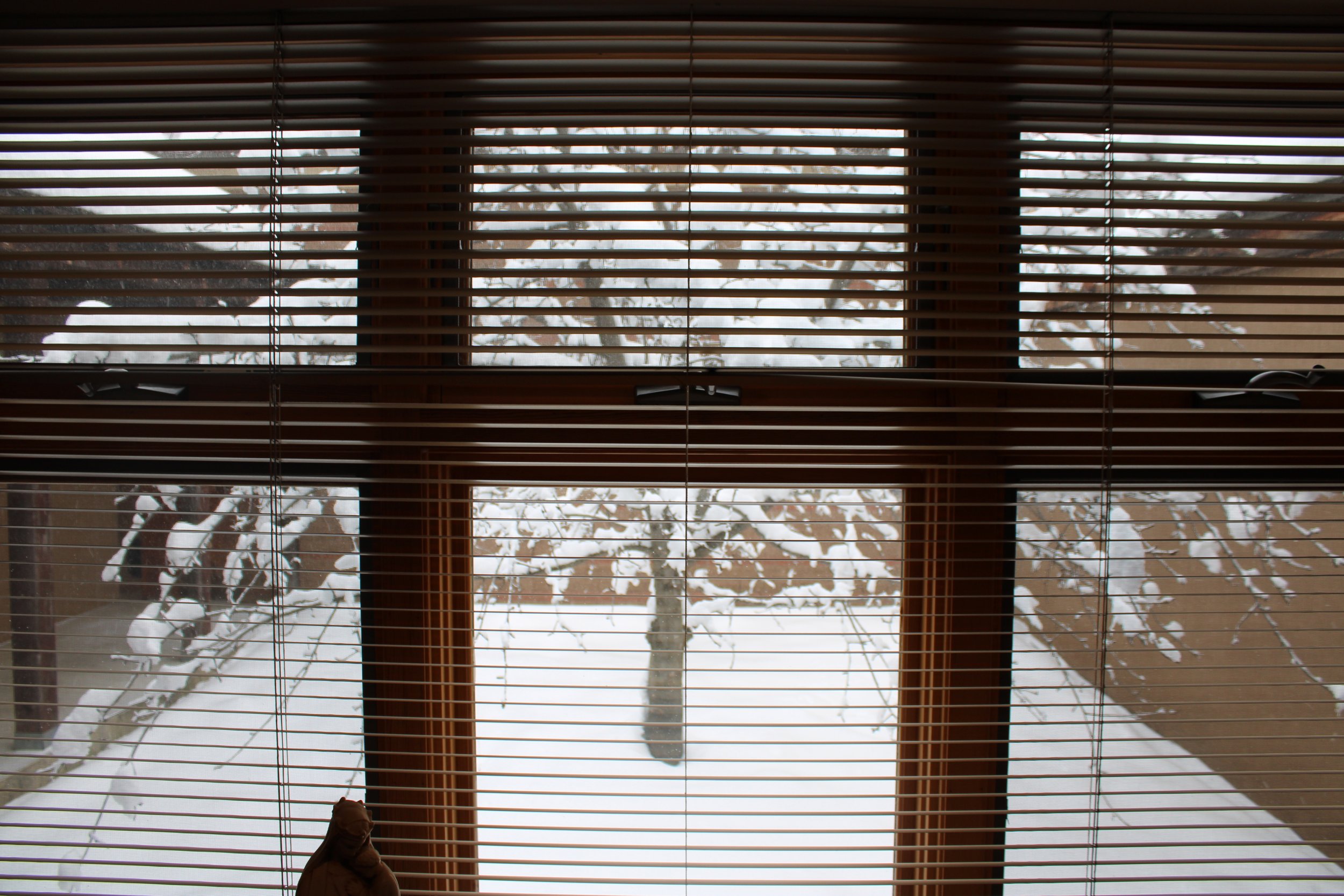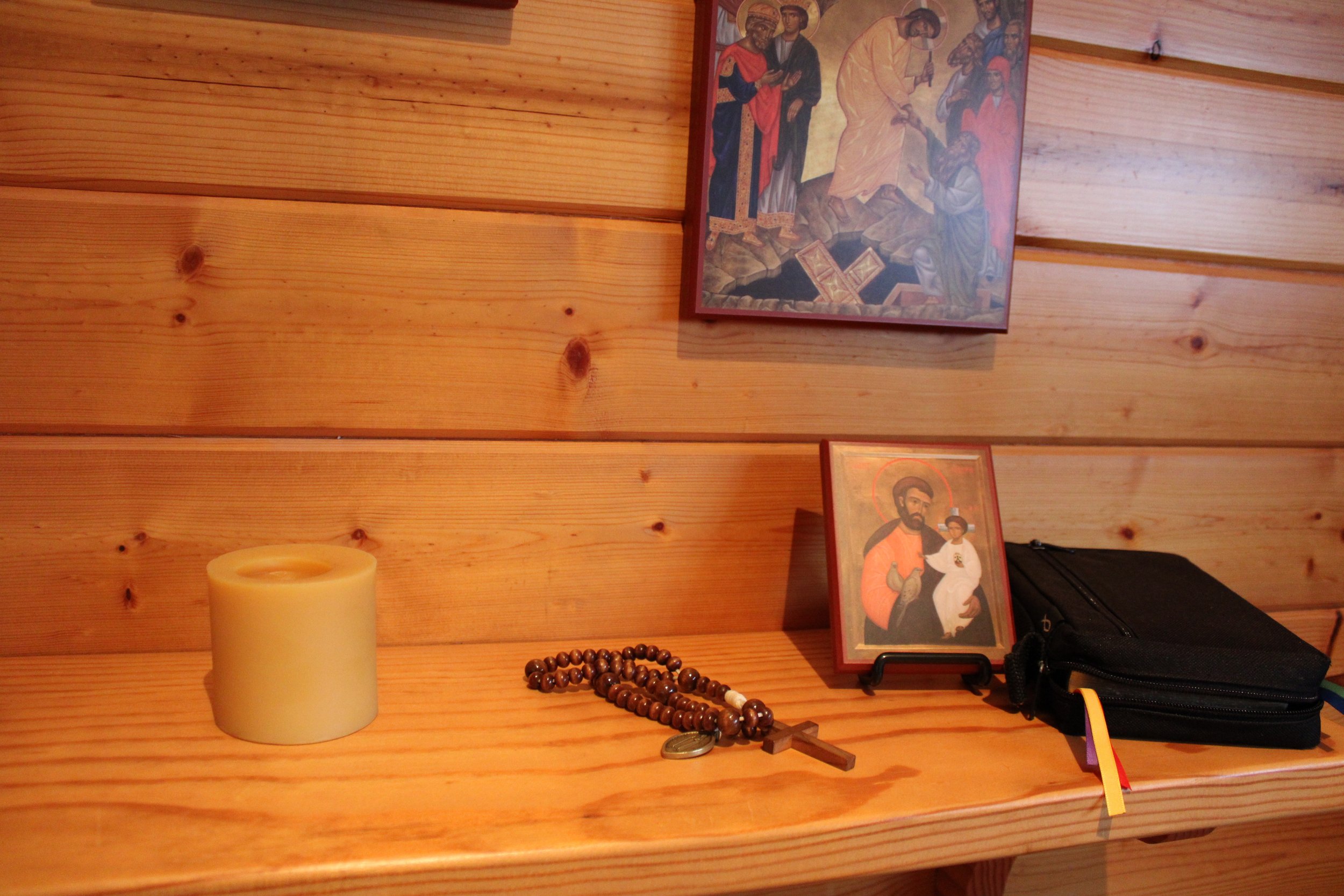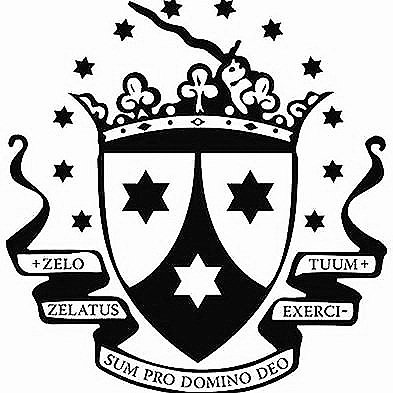WE FOLLOW IN THE FOOTSTEPS OF THE PROPHET ELIJAH, ST. TERESA OF JESUS AND ST. JOHN OF THE CROSS
As A community of hermits, we are members of the ancient order of Carmel.
The Hermits of the Most Blessed Virgin Mary of Mount Carmel were founded in 1987 as an eremitical community within the ancient Order of Carmel. We lead a semi-eremitical, semi-communal form of life, based upon the Carmelite Rule (given to us by St. Albert of Jerusalem) and the spiritual teaching of the saints of Carmel (most especially St. Teresa of Jesus, St. John of the Cross, St. Therese of Lisieux and St. Elizabeth of the Trinity).
By means of prayer and silence, stillness and solitude, we seek a participation in the life of the indwelling Holy Trinity and the salvation of souls. Gathering the faculties of the soul to employ them in the unceasing remembrance of God and the work of love, we attempt to fulfill the admonition of Sacred Scripture to pray always (Lk. 18:1 and 1 Thes. 5:17).
Our Lady of Mount Carmel
The Blessed Virgin Mary is the principal patroness of the Order of Carmel and of our monastic community. The goal of our life is to be pure of heart, as she, the Immaculate Virgin, is pure of heart, in order that our life may be given over completely to the service and worship of Christ, her Son. The maternal tenderness and transfigured beauty of the Mother of God compel us to place ourselves beneath her protection.
As far as possible, we support ourselves by the labor of our hands and minds. We lead a simple life; our treasures are spiritual not material, yet our life is wholesome, nourishing body, mind, and spirit.
We are mindful of the living reality of the Body of Christ which is the Communion of Saints. We desire to strengthen this Communion and hasten the Kingdom of God by acting as a hidden leaven in the Church (Mt. 13:33). Although hidden from the world, we are at the same time silent witnesses and living signs of the future glory which was once revealed in the Resurrection of Christ and is to be fully revealed at His return. For the grace of God which brings salvation has appeared to all men. It teaches us to renounce ungodliness and worldly passions, and to live self-controlled, upright and godly lives in this world, while we await our blessed hope, the glorious appearing of our great God and Savior, Jesus Christ (Tit. 2:1 1-13).
What we do
Our life is composed of prayer and study, manual and intellectual labor. Both liturgical and personal prayer are important to us. Most important of all is that our prayer spring from a pure heart and lead us back into the heart, the dwelling place of the Holy Trinity.
The study of sacred things is a source of nourishment for the spirit. Particular emphasis is given to Carmelite and monastic spirituality and to the liturgy. We occasionally author books and articles in these and related fields. Manual labor provides an important balance to the work of the mind and helps to sustain the hermitage. We have an extensive garden, carpentry and leather shops, as well as a studio of sacred art. The studio makes available reproductions of the original iconographic art created by us for use in worship in our private monastery chapel. Friends of the monastery fulfill many of the business requirements of the studio, leaving us free to pursue our first vocation, which is prayer.
Each member of our community spends part of his day in the solitude of his hermitage. We come together as a community for the liturgy, meals and an hour of recreation during which the silence is lifted and we enjoy the company and conversation of one another. A greater degree of solitude is permitted to experienced members of the community.
The Holy Mass
The glorification of God in the liturgy is of great importance to us, for the liturgy is the source and summit of the spiritual life. In the liturgy, the mysteries of Christ’s Death, Resurrection and Ascension into heaven are renewed and made present. The liturgy is, in fact, a foretaste of the celestial worship of the heavenly Jerusalem.
The Holy Sacrifice of the Mass is prayed each day with great reverence—facing east. On a ferial day, the Mass is sung using a combination of simple English and Latin chants. On Sunday and Feast days, it is celebrated more solemnly with the use of Gregorian Chant.
The Order of Carmel once possessed its own liturgical Rite, called the Rite of the Holy Sepulchre. Similar to the Roman Rite in many respects, it contained a number of its own proper feasts, hymns, prayers and ceremonies. This Rite was in use among Latin Christians of the Holy Land during the Middle Ages, including our Carmelite forefathers who dwelt on Mount Carmel. They brought the Rite of the Holy Sepulchre back to Western Europe when they were forced to leave Mount Carmel. It became their liturgical Rite and remained in use throughout the Order until our present century.
For the past twenty years we have been studying the Carmelite Rite. With permission from our Father General, we are able to use some elements of the Rite while we await fuller approbation. We have been researching the history of the Rite: its prayers, hymns and ceremonies, and translating liturgical texts into English. We foresee that certain elements of the Rite would need to be adapted in order to ensure that it will nourish the spiritual life of those who use it. At the same time we wish to preserve the riches of the Rite.
The Liturgy of the Hours
“The Divine Office is so good; I love it with a passion.”
The Liturgy of the Hours (the Divine Office) is prayed seven times throughout the day. This prayer of the Church extends the grace of the Holy Sacrifice of the Mass throughout the day for the sanctification of our work and the entire world.
Each hermit prays Vigils (the Office of Readings), terce, sext and none in the solitude of his hermitage. We come together to pray Matins, Vespers and Compline—all of which are chanted.
The HerMitage—a place of solitude
Each hermit dwells in his own hermitage. The hermitage (or “cell”) is where the hermit studies, prays, sleeps and encounters God in silence and solitude. It is the place where he retreats from the world to commune with the Lord and pray for the world. It is a holy place. As Blessed John Soreth said:
“The religious, who is a child of grace, is nourished, developed and sheltered in the womb of his cell; the cell leads him to the fullness of perfection and makes him worthy to speak with God. The cell is a holy land and a holy place, where God and his servant exchange their confidences as a friend with a friend. It is here, oftentimes, that the soul is caught up in union with God, as a bride is joined to her husband; it is here that heaven touches earth, and the divine is united with the human.”
Our Rule of Life says, “Each [hermit] must remain in his cell or near it, meditating on the law of the Lord day and night and keeping vigil in prayer, unless occupied with other lawful duties.”
Many people are interested in what our hermitages look like inside. So we’d like to share some pictures with you—so you can see for yourselves! Click on the slideshow below…


